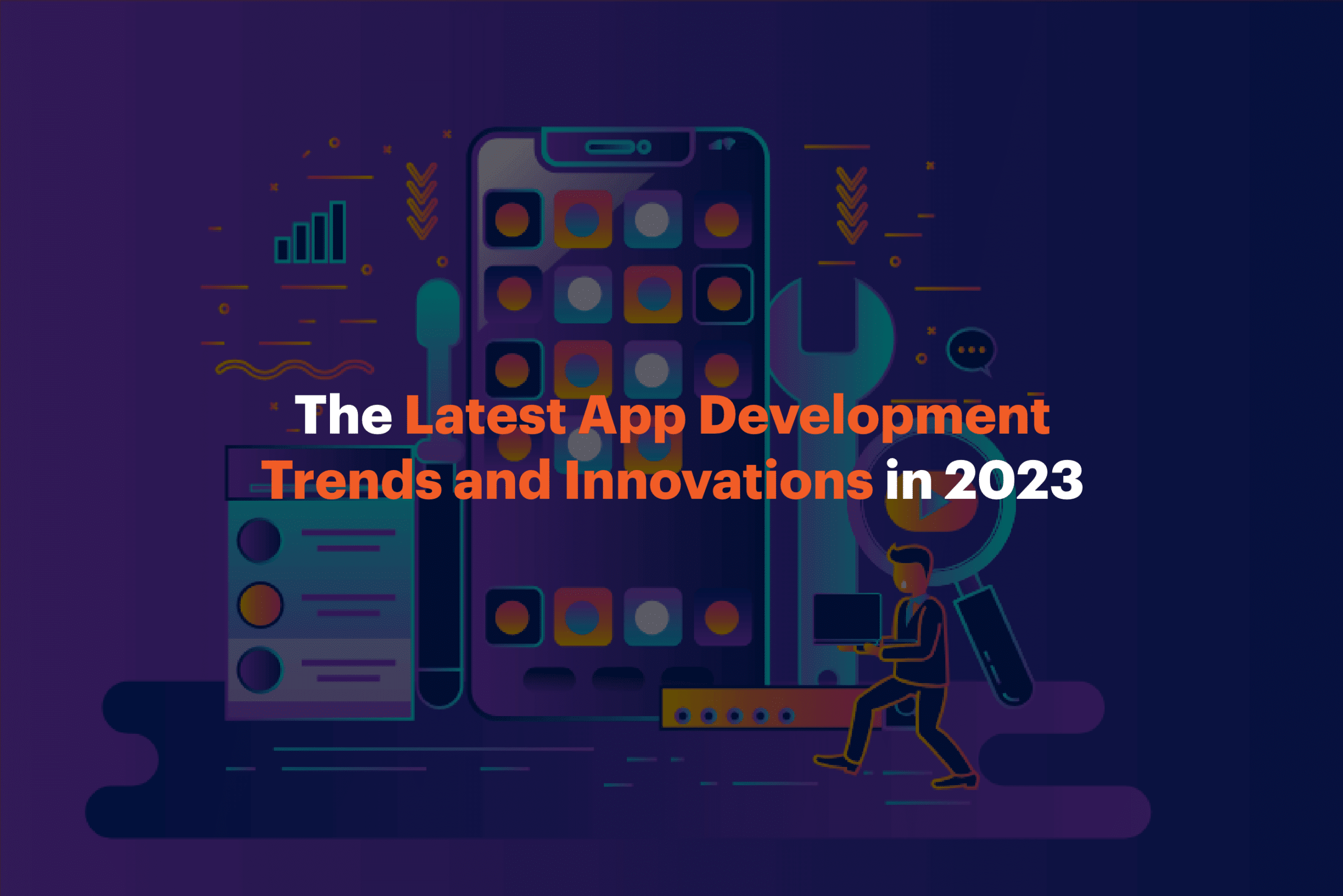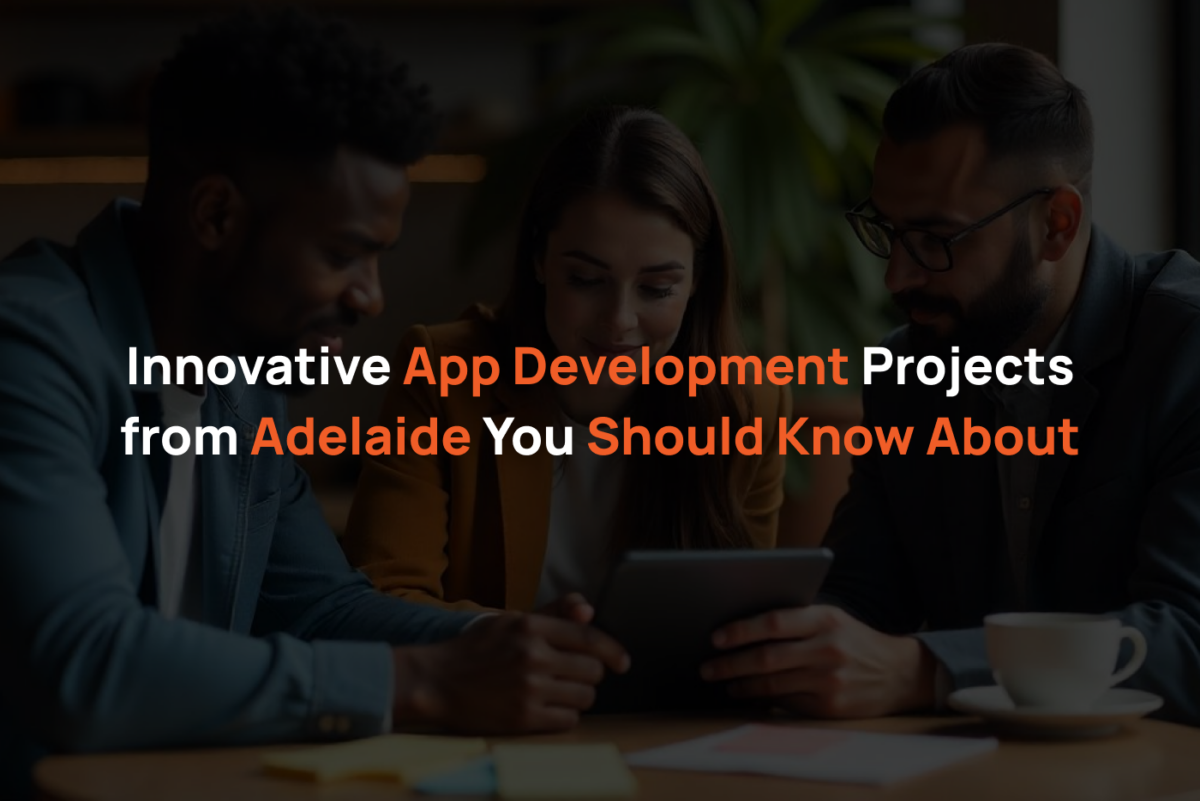Contact Us
If you have made it this far, you are here with a reason. You need our help! We are super friendly and genuinely care to help you succeed.
Enquire today to receive a FREE consultation with an App Guru.
Get in Touch
info [at] appgurus.com.au
Mobile apps are an integral part of our daily lives, whether we use them for entertainment, productivity, education, health, or shopping. As the mobile app market continues to grow rapidly in 2023, what are the latest trends and innovations that app developers and users should look out for? Here are some of the top app development trends that will shape the mobile app landscape in 2023.
More AR and VR apps
AR and VR are technologies that make users feel like they are in a different world. AR adds digital things to the real world, and VR creates a fake world. Users can see, hear, and touch these digital things with special devices, such as glasses, headphones, or gloves. AR and VR apps are popular for games, entertainment, education, and travel. For example, users can play games with other people in a virtual world, watch movies or shows in a 3D environment, learn new skills or languages with interactive lessons, or explore new places without leaving their homes.
In 2023, AR and VR apps will become even better and more popular. One of the reasons is 5G networks. 5G networks are faster and better than 4G networks. They can send and receive more data in less time and with less delay. This means that app developers can make AR and VR apps more realistic and fun for users. For example, users can watch live concerts with high-quality video and sound, visit new places with detailed images and information, or learn new things with real-time feedback and guidance.
AR and VR apps will also improve in 2023 because of new devices and features. App developers can use new devices that are more comfortable and affordable for users, such as lightweight glasses or wireless headphones. App developers can also use new features that are more interactive and personalized for users, such as eye-tracking or facial expressions. These features can help app developers understand what users want and need from their apps.
AR and VR apps will change the way we use our mobile devices in 2023. They will offer us more immersive and interactive experiences that will make us happy and engaged.
AI-powered interactions
AI is a technology that makes apps smarter and easier to use. AI can learn from user data and preferences to give them what they want. AI can also do things for users without them asking. For example, AI can talk to users with chatbots, suggest products or services, or book things for them. AI can also understand what users say or write with NLP. NLP is a technology that helps computers understand human language.
In 2023, AI will make mobile apps smarter and more popular. One of the reasons is user demand. Users want apps that are personalized and seamless. They want apps that know their needs and wants, and that can help them quickly and easily. For example, users want apps that can recommend them the best movies or shows to watch, the best restaurants or hotels to visit, or the best deals or offers to buy.
Another reason is app development. App developers want to create apps that are more efficient and competitive. They want to use AI to automate tasks and improve app functionality. For example, app developers want to use AI to optimize app performance, reduce app errors, or increase app security.
AI will change the way we interact with our mobile devices in 2023. It will offer us more personalized and seamless experiences that will make us happy and loyal.
Security remains a top concern
Security is very important for mobile apps because they have a lot of user data and information. Security protects user data and app features from bad people who want to steal or damage them. Security can also make users feel safe and trust their apps. Some security features that app developers can use are encryption, biometric authentication, two-factor authentication, or blockchain technology. Encryption makes data unreadable for others. Biometric authentication uses body parts like fingerprints or faces to unlock apps. Two-factor authentication asks for two things to access apps, like a password and a code. Blockchain technology records data in a way that no one can change or delete it.
In 2023, security will be a big concern for app development. One of the reasons is user demand. Users want more privacy and trust from their apps. They want apps that do not share their data with others without their permission. They want apps that do not spy on them or track them. They want apps that do not send them spam or scam messages.
Another reason is app regulation. App regulation is the rules and laws that app developers have to follow when they create apps. App regulation can affect how app developers use user data and information. App regulation can also affect how app developers protect user data and information from bad people. For example, app regulation can require app developers to use encryption or biometric authentication for their apps.
Security will affect how we use our mobile devices in 2023. It will offer us more privacy and trust from our apps.
Location-based applications
Location-based apps are apps that know where users are and what they can do there. Location-based apps use geolocation technology to find out the user’s location. Geolocation technology can use GPS, Wi-Fi, or cell towers to locate users. Location-based apps can use this information to provide services or information that are useful for users in their area. For example, location-based apps can help users find nearby places of interest, such as restaurants, museums, or parks. Location-based apps can also help users get directions or traffic updates, receive personalized offers or discounts, or connect with other users nearby.
Location-based apps can also use geofencing technology to make their services or information more timely and relevant. Geofencing technology can create a virtual boundary around a specific area. Location-based apps can use this boundary to trigger actions or notifications when a user enters or exits the area. For example, location-based apps can send users a welcome message or a coupon when they enter a store, or remind them to turn off their lights when they leave their home.
In 2023, location-based apps will become more popular and helpful for users. One of the reasons is user demand. Users want more convenience and relevance from their apps. They want apps that can save them time and money, and that can match their needs and preferences.
Another reason is app innovation. App developers want to create apps that are more engaging and competitive. They want to use location-based technology to improve app functionality and user experience. For example, app developers can use location-based technology to create more immersive and interactive AR and VR experiences, or to provide more accurate and personalized AI and ML recommendations.
Location-based apps will change how we interact with our surroundings in 2023. They will offer us more convenience and relevance from our apps.
Progressive Web Apps
PWAs are web apps that act like native apps. Native apps are apps that users download from an app store and install on their devices. PWAs are apps that users access from a web browser and add to their home screen. PWAs have features that make them similar to native apps, such as offline access, push notifications, home screen icons, or fast loading speed. PWAs can also work on different devices and platforms, such as smartphones, tablets, or laptops.
PWAs can provide a better user experience than native apps or traditional web pages. PWAs do not require users to download or update them from an app store. This saves users time and space on their devices. PWAs also use web standards and technologies to make their apps more responsive and reliable. For example, PWAs use service workers to enable offline access, web app manifests to create home screen icons, or web push APIs to send push notifications.
In 2023, PWAs will become more popular and common than native apps. One of the reasons is user demand. Users want apps that are easy and fast to use, and that can work on any device or platform. Users also want apps that do not take up too much space on their devices or consume too much data.
Another reason is app development. App developers want to create apps that are more cost-effective and competitive. They want to use PWAs to reduce app development and maintenance costs, and to reach more users across different devices and platforms. They also want to use PWAs to improve app performance and user engagement.
PWAs will change how we use our mobile devices in 2023. They will offer us a better user experience and a cheaper alternative to native apps.
Conclusion
These are some of the app development trends that will dominate the mobile app market in 2023. By keeping up with these trends and innovations, app developers can create more appealing and useful apps for users while staying ahead of the competition.
Mobile app development is a dynamic and evolving field that requires app developers to keep up with the latest trends and innovations. In 2023, we can expect to see more apps that use AR and VR, AI and ML, location-based services, security features, and PWAs to provide better user experiences and value. By following these trends and adopting these technologies, app developers can create more appealing and useful apps for users while staying ahead of the competition.


